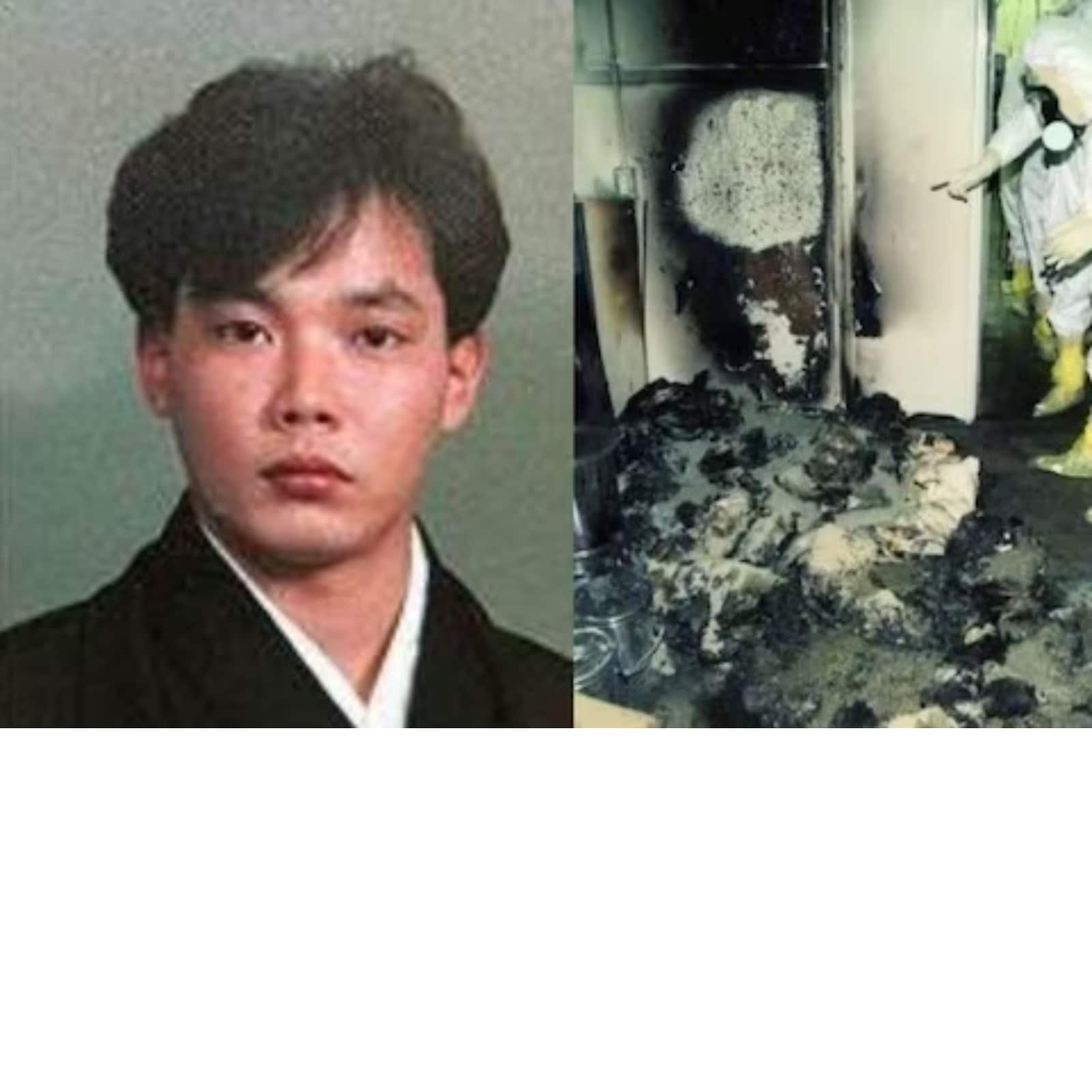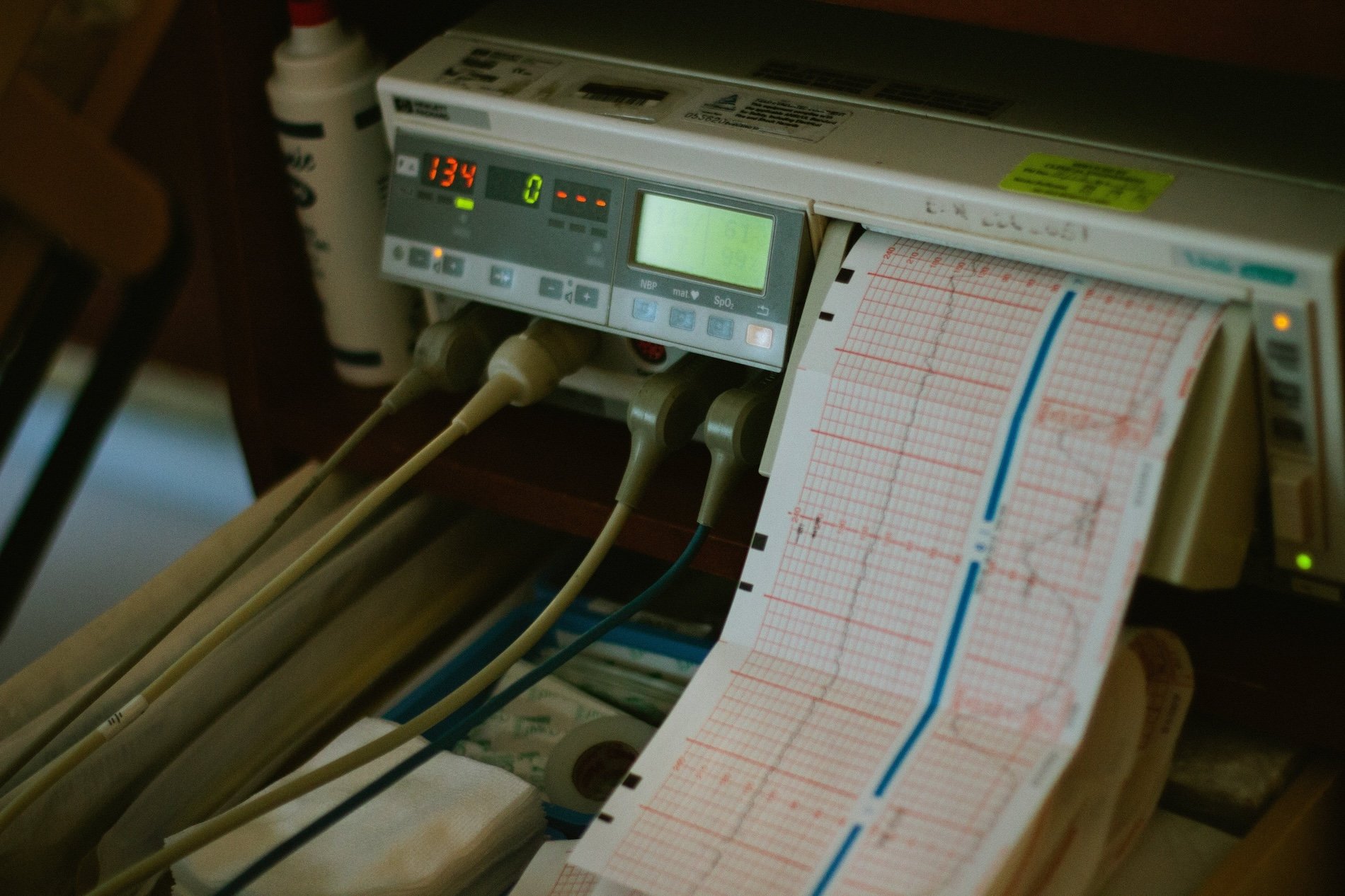Hisashi Ouchi, a Japanese nuclear plant worker, became the unfortunate victim of a catastrophic radiation exposure incident in 1999. This event, known as the Tokaimura nuclear accident, shook Japan and the world, raising serious questions about nuclear safety protocols and the human cost of technological advancement. Ouchi’s ordeal not only highlighted the dangers of nuclear energy but also served as a grim reminder of the importance of stringent safety measures in high-risk industries. The incident occurred on September 30, 1999, at a uranium processing plant in Tokaimura, Japan. Hisashi Ouchi, along with two other workers, was exposed to lethal levels of radiation due to a criticality accident caused by improper handling of uranium. What followed was a prolonged and painful battle for survival, as medical teams worked tirelessly to save his life. Despite their efforts, Ouchi’s condition deteriorated over the course of 83 days, making his case one of the most severe instances of radiation poisoning ever recorded. His story has since become a focal point for discussions on nuclear safety and the ethical implications of experimental medical treatments. Understanding Hisashi Ouchi real story is not just about revisiting a tragic event but also about learning from it. His experience underscores the need for better safety protocols, improved training for workers, and a deeper understanding of the consequences of human error in high-stakes environments. As we delve deeper into his biography, the details of the accident, and its aftermath, we will explore the lessons this tragedy offers and how it continues to shape discussions around nuclear energy and workplace safety today.
Table of Contents
- Biography of Hisashi Ouchi
- What Happened During the Tokaimura Nuclear Accident?
- How Did Hisashi Ouchi Survive for 83 Days?
- The Medical Treatment and Ethical Dilemmas
- Why Is the Tokaimura Accident a Lesson for the World?
- How Has Nuclear Safety Evolved Since the Accident?
- What Can We Learn from Hisashi Ouchi's Real Story?
- Frequently Asked Questions About Hisashi Ouchi
Biography of Hisashi Ouchi
Hisashi Ouchi was born on March 1, 1966, in Japan. Before the tragic accident, he lived an ordinary life, working as a plant operator at the JCO nuclear fuel processing plant in Tokaimura. Below is a table summarizing his personal details and bio data:
| Full Name | Hisashi Ouchi |
|---|---|
| Date of Birth | March 1, 1966 |
| Place of Birth | Japan |
| Occupation | Nuclear Plant Worker |
| Date of Accident | September 30, 1999 |
| Date of Death | December 21, 1999 |
What Happened During the Tokaimura Nuclear Accident?
The Tokaimura nuclear accident was a criticality event caused by a series of human errors and procedural violations. To understand the gravity of the situation, it is essential to examine the sequence of events that led to the disaster. On the day of the accident, Hisashi Ouchi and his colleagues were tasked with mixing uranium oxide with nitric acid to produce a uranium solution. However, they bypassed standard safety protocols, using buckets instead of specialized equipment to transfer the materials. This improper handling led to an uncontrolled nuclear chain reaction, releasing a massive burst of radiation.
Read also:Pineapple Brat A Unique Culinary Delight Worth Exploring
The immediate effects were catastrophic. Hisashi Ouchi and his coworkers were exposed to radiation levels thousands of times higher than the safe limit. Ouchi, who was closest to the source, absorbed an estimated 17 sieverts of radiation, a dose considered fatal. The plant was engulfed in a blue flash of radiation, and the workers were left in excruciating pain, with severe burns and internal injuries. Emergency services were called in, but the lack of preparedness for such an incident delayed the response, exacerbating the situation.
Why Did the Accident Happen?
Several factors contributed to the Tokaimura nuclear accident. First and foremost was the lack of proper training and oversight. The workers were not adequately trained to handle uranium safely, and the company had failed to enforce strict adherence to safety protocols. Additionally, cost-cutting measures and a focus on efficiency over safety played a significant role. These lapses created an environment where human error could lead to disaster, highlighting the importance of stringent safety measures in nuclear facilities.
How Did Hisashi Ouchi Survive for 83 Days?
After the accident, Hisashi Ouchi was rushed to the hospital, where medical teams faced an unprecedented challenge. The level of radiation exposure he endured was so severe that it caused extensive damage to his DNA, bone marrow, and internal organs. Despite the grim prognosis, doctors embarked on an extraordinary effort to save his life, employing experimental treatments and round-the-clock care.
Ouchi’s treatment included multiple blood transfusions, skin grafts, and the administration of medications to stabilize his condition. His immune system was virtually nonfunctional, leaving him vulnerable to infections. Over the course of 83 days, he underwent numerous surgeries and procedures, each aimed at prolonging his life and alleviating his suffering. However, the damage was irreversible, and his body continued to deteriorate, making his survival a testament to both human resilience and the limits of medical science.
What Were the Challenges in Treating Hisashi Ouchi?
Treating a patient with such severe radiation exposure presented numerous challenges. First, the medical team had to contend with the fact that there was no established protocol for treating someone exposed to such high levels of radiation. Second, Ouchi’s condition was constantly changing, requiring constant adjustments to his treatment plan. Finally, the psychological toll on both the patient and his caregivers was immense, as they grappled with the reality that his chances of recovery were slim.
The Medical Treatment and Ethical Dilemmas
The medical treatment of Hisashi Ouchi raised significant ethical questions about the limits of medical intervention and the quality of life. While the medical team was determined to save him, there were moments when it became clear that his suffering was unbearable. This led to debates about whether continuing treatment was in his best interest or if it was prolonging his agony unnecessarily.
Read also:Xvedio The Ultimate Guide To Understanding And Utilizing Its Features
One of the most controversial aspects of Ouchi’s treatment was the use of experimental procedures. These interventions, while groundbreaking, were untested and carried significant risks. Critics argued that the focus should have been on palliative care rather than aggressive treatments that offered little hope of recovery. Supporters, on the other hand, believed that every effort should be made to save his life, regardless of the odds. This ethical dilemma continues to spark discussions about the role of medicine in cases of extreme trauma and the balance between hope and realism.
How Did the Ethical Debate Impact Public Perception?
The ethical debate surrounding Ouchi’s treatment had a profound impact on public perception. Many viewed the medical team’s efforts as heroic, while others questioned the morality of subjecting a patient to such prolonged suffering. This divide highlighted the need for clearer guidelines on end-of-life care and the importance of considering the patient’s wishes in medical decision-making.
Why Is the Tokaimura Accident a Lesson for the World?
The Tokaimura nuclear accident serves as a stark reminder of the dangers of complacency in high-risk industries. It underscores the importance of adhering to safety protocols, investing in proper training, and fostering a culture of accountability. The incident also highlighted the global implications of nuclear accidents, as radiation does not respect borders and can have far-reaching environmental and health consequences.
One of the key lessons from the accident is the need for transparency and communication. In the aftermath of the incident, there were delays in informing the public and neighboring communities about the severity of the situation. This lack of transparency eroded trust and highlighted the importance of clear and timely communication during crises. Additionally, the accident prompted a reevaluation of safety standards worldwide, leading to stricter regulations and improved emergency preparedness in nuclear facilities.
What Changes Were Implemented After the Accident?
In response to the Tokaimura accident, Japan and other countries implemented significant changes to their nuclear safety protocols. These included stricter enforcement of safety regulations, mandatory training programs for workers, and the establishment of independent oversight bodies. The incident also spurred advancements in technology designed to prevent similar accidents in the future.
How Has Nuclear Safety Evolved Since the Accident?
Since the Tokaimura accident, nuclear safety has undergone substantial improvements. Regulatory bodies have become more vigilant, and safety measures have been standardized across the industry. The development of advanced monitoring systems and fail-safes has reduced the likelihood of criticality accidents, while emergency response plans have been refined to ensure swift action in the event of an incident.
Moreover, there has been a greater emphasis on fostering a safety-first culture within nuclear facilities. Workers are now required to undergo rigorous training, and companies are held accountable for ensuring compliance with safety protocols. These changes reflect a collective commitment to preventing future tragedies and safeguarding both workers and the environment.
Are Nuclear Facilities Safer Today?
While no system is foolproof, nuclear facilities are undoubtedly safer today than they were two decades ago. The lessons learned from incidents like the Tokaimura accident have driven significant advancements in safety technology and protocols. However, the industry must remain vigilant, as the consequences of complacency can be catastrophic.
What Can We Learn from Hisashi Ouchi's Real Story?
Hisashi Ouchi real story is a poignant reminder of the human cost of technological progress. It teaches us the importance of prioritizing safety, fostering accountability, and valuing human life above all else. His ordeal also highlights the need for ethical considerations in medical treatment and the importance of respecting the dignity of patients.
Ultimately, Ouchi’s story serves as a call to action. It challenges us to reflect on our responsibilities as a society and to ensure that such tragedies are never repeated. By learning from his experience, we can create a safer and more compassionate world for future generations.
Frequently Asked Questions About Hisashi Ouchi
What Was the Cause of Hisashi Ouchi’s Death?
Hisashi Ouchi died as a result of complications from severe radiation exposure. Despite extensive medical treatment, his body could not recover from the damage caused by the criticality accident.
How Did the Tokaimura Accident Impact Japan’s Nuclear Industry?
The accident led to stricter safety regulations, improved training programs, and increased public scrutiny of Japan’s nuclear industry. It also prompted a reevaluation of the country’s energy policies.
Why Is Hisashi Ouchi’s Story Still Relevant Today?
Hisashi Ouchi’s story remains relevant because it highlights the importance of safety, accountability, and ethical considerations in high-risk industries. It serves as a cautionary tale and a source of valuable lessons for the future.
For more information on nuclear safety, you can visit the International Atomic Energy Agency website.

